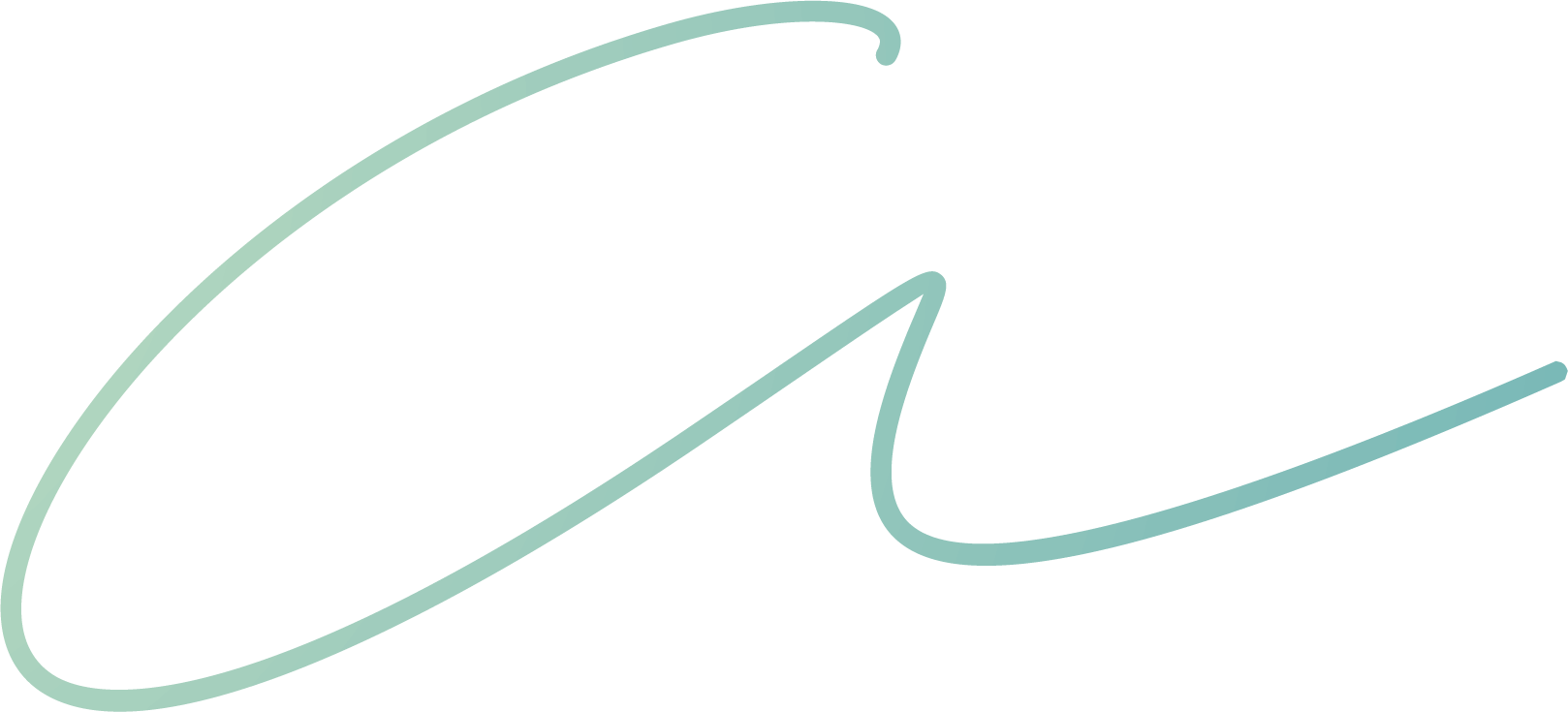What Is Revision Rhinoplasty Like?

Revision rhinoplasty, or secondary rhinoplasty, is conducted in order to change the results of the original surgery. This is very important in cases where patients are unhappy with the look and/or functionality of their results. Any aesthetic or breathing issues that have occurred as a result of rhinoplasty will be corrected through this procedure.
Why Do People Need Revision Rhinoplasty?
There are several reasons why a patient may need revision, or secondary, rhinoplasty:
- The original, or primary, rhinoplasty may have been performed incorrectly. The nose consists mainly of delicate cartilage, and because of this, it is prone to several complications if the surgeon does not have the proper training.
- Scar tissue may have formed during the healing process in unexpected ways, leading to distortion of results.
- The nose may have been damaged during the healing process due to improper care by the patient or other unforeseen circumstances.
- The patient may be unhappy with the way their nose looks after primary rhinoplasty due to envisioning different end results.
The Revision Rhinoplasty Procedure
Revision rhinoplasty starts with the administration of anesthesia in order to make the procedure as comfortable and pain-free as possible. General anesthesia may be used, or in some cases, local anesthesia paired with sedation may be sufficient.
Revision rhinoplasty is most commonly conducted through the open approach, which involves making a tiny incision across the columella (the external skin between the nostrils). After the incision is made, the skin of the nose is lifted to allow the surgeon access to the underlying tissues.
The required alterations are then performed to remedy cosmetic and/or functional issues. The soft tissue, bone, and cartilage will be altered as needed. Finally, the incision is closed using stitches.
Revision Rhinoplasty Recovery
The patient must follow Dr. Compton’s aftercare instructions diligently to ensure a speedy and comfortable recovery. The patient may be advised bed rest for a few days up to a number of weeks, depending on the extent of the corrective surgery and the amount of post-operative care involved. It is best to avoid any chance of nasal trauma during recovery.
There will be bruising and swelling in the area, and ice packs may be helpful in ameliorating these issues. Depending on the extent of the surgery and how well the patient followed their aftercare directions, swelling after revision rhinoplasty can take up to a year to fully resolve.
Choosing the Right Surgeon
Revision rhinoplasty is a very challenging procedure for surgeons. Scar tissue from the previous surgery may have formed in unexpected ways. Blood flow to the nose may be low and the nose may be inflamed.
Thus, choosing the correct surgeon for revision rhinoplasty is paramount. Choosing a surgeon with a great deal of experience in this area and years of training is ideal. These surgeons will know how to facilitate the perfect results and address any complications that may occur.
Schedule Your Consultation
To learn more about revision rhinoplasty, contact the office of Dr. Andrew Compton, a skilled and experienced facial plastic and reconstructive surgeon. Schedule your consultation today to get the secondary rhinoplasty results you deserve.


